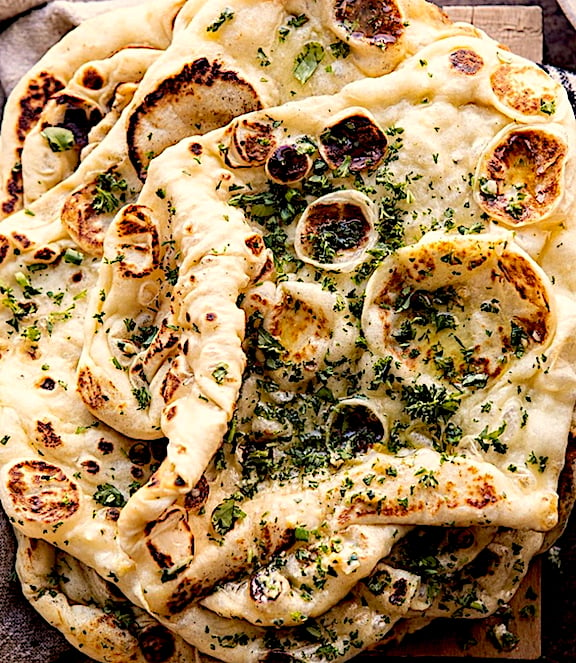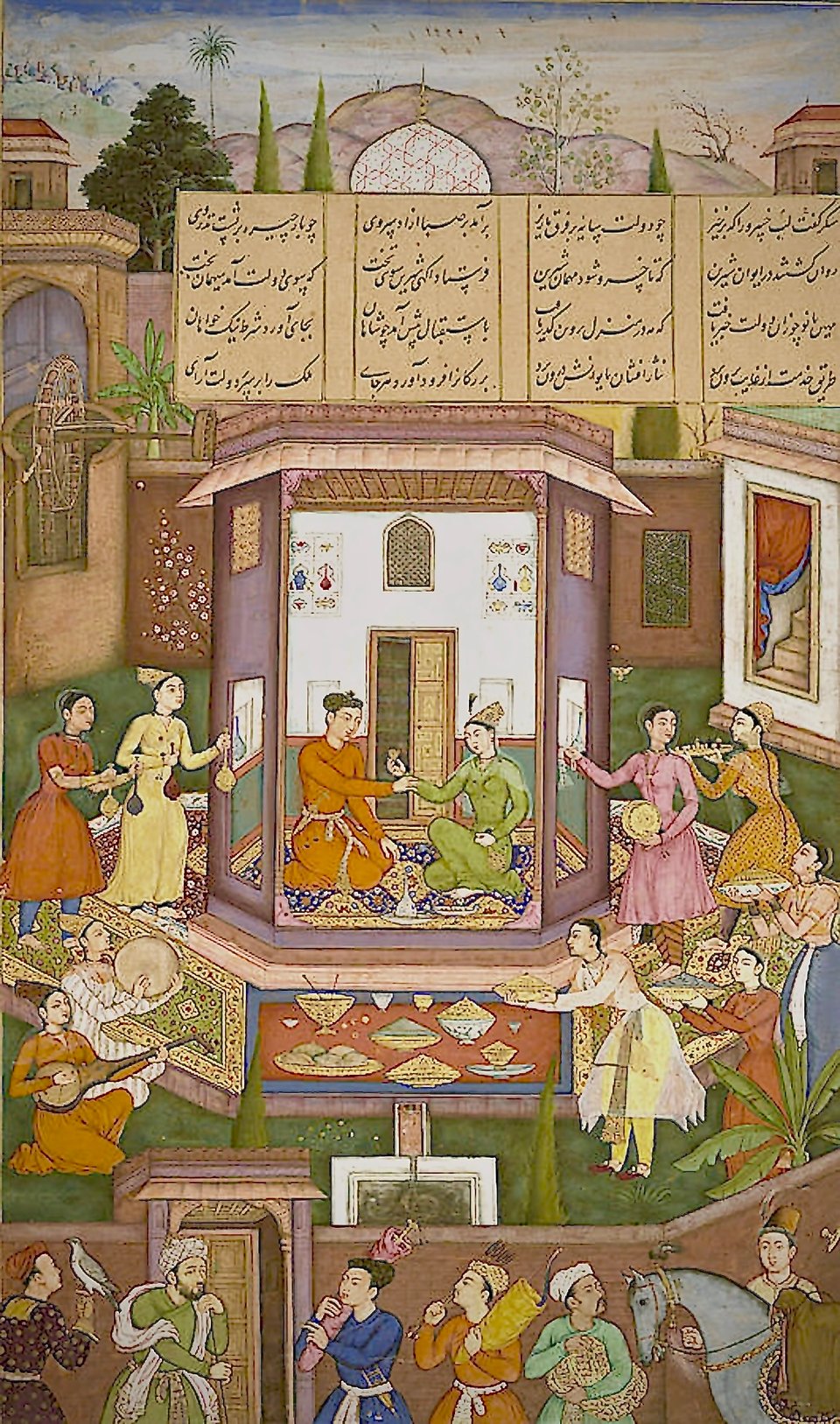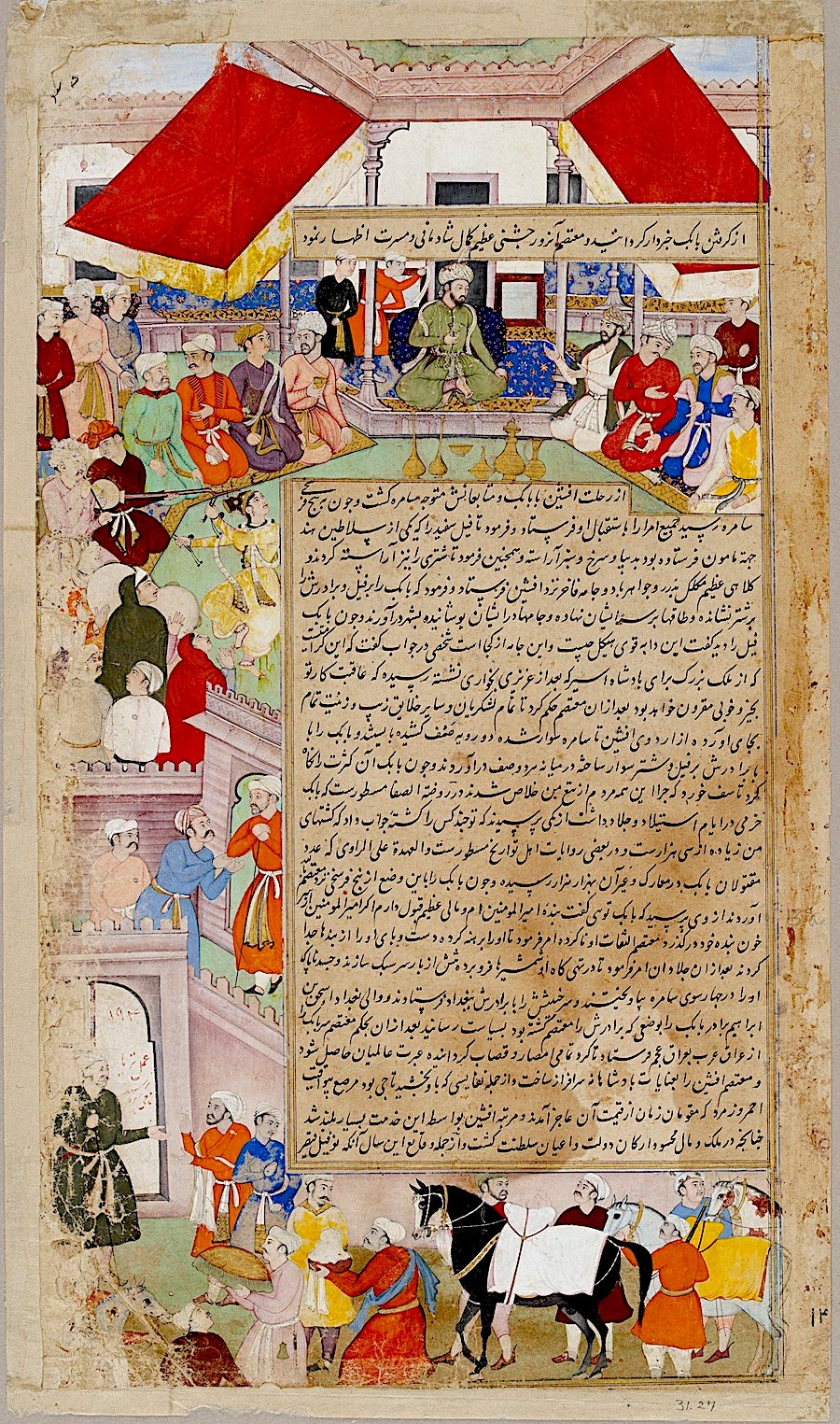Notable Sandwiches #125: Naan

Welcome back to Notable Sandwiches, the moveable feast my stalwart editor David Swanson and I lay out for you every Friday, where we chronicle Wikipedia’s List of Notable Sandwiches in alphabetical order. This week, more of a flatbread than a sandwich, but you know it, you love it, it’s… naan.

I’m going to answer your first question right away: is naan, technically, a sandwich?
No, it is naat. It is a flatbread.
It’s on the List of Notable Sandwiches, though, added by user NorthAmerica10000 (oddly) in 2012, and there it has remained for more than a decade. Like a poet who writes a sestina or a sonnet, I’ve chosen to be limited by form, to live by the rigid strictures of the list. More often than not, it’s been to my benefit—how else would I have learned about donkey burgers, or tried Marmite, or watched an Elvis biopic, or spent days on the phone with Bavarian academics trying to determine the provenance of the leberkäse? Still, on occasions like this, I find myself bridling at the ways arbitrary Wikipedians’ choices limit my own.
There are, of course, other sandwiches named after their breads—we’ve previously covered both bagel toast and the doughnut sandwich. When it comes to naan, there’s not even a specific filling associated with it. Essentially, a naan sandwich is a non-sandwich. You can wrap almost anything in it, true. But it’s easier to find naan pizza, naan enchiladas, naan nachos, naan tacos, naan croissants, or naan calzones. It’s solidly in the bread category, not that of the constructed multi-ingredient sandwich. Of course, that’s the liberating beauty of outsourcing my choices: I don’t get to decide what I write about, or even whether the sandwiches I’m writing about are sandwiches. Those choices are made by others. The only thing I get to choose is how to drape this in airy pockets of prose.

In a way, naan being ontologically peripatetic is in keeping with its history. Our first written record of the bread dates from the waning days of the Delhi-based Mamluk dynasty, at the end of the 1200s. Court poet (and soldier, mystic, composer, scholar, and alleged inventor of the sitar) Amir Khusrau noted its presence at a royal banquet in his book Meeting of Two Auspicious Stars (translated from the Persian). It’s an absolutely fantastic description—Khusrau was PSYCHED about this bread:
By taking the lip-sticking sherbat (syrup) broken spirits were reunited and set right. After this course the turn came of the dishes which were served on the table. The Nan was carried round like the circular disc of the sun. The nan-tunuk (thin fine bread like chapati) was so crystal clear that one's face could be seen through it. I should describe it as the disc of the sun rather than a bread, it was as if Jesus spread it on the table. The nan-i-turi (of Turkish or Mongol variety) was puffed up like a dome because of the joy felt at being included among the royal dish. This was the reason why kak (biscuit or dry bread), became surly and pale-faced.
The Mamluk dynasty buckled soon after, although this was due to murder and infanticide rather than naan. As evinced by the language of Khusrau’s writings, the Delhi sultanate, and subsequent dynasties in India, were strongly influenced by Persian culture. While naan is most frequently associated with Indian cuisine, it didn’t start out there. It originated, at least etymologically, to the north (naan comes from the Persian nân-e sangak, which means “bread cooked on hot pebbles”).

Despite its prominence during fraught Mamluk dinners, the unstoppable rise of naan coincided with that of the sixteenth-century military titan Emperor Babur, who founded the Mughal Dynasty in India. One contemporary source, the sixteenth-century Ain i-Akbari, which recounts the reign of Babur’s grandson Akbar, describes feasts served on gold and silver dishes wrapped in red cloths, accompanied by a variety of naan, limes, ginger, and “saucers of curds.” Leavened bread, with its lengthy cook-time and expensive flour, was principally enjoyed by royalty, while the masses had to make do with surly, pale-faced kak. It was only in the 1700s, when portable tandoors were introduced in the reign of Shah Jahan, that naan hit the streets. Humanity never looked back.
Naan and naan-like flatbreads have carved a wide swathe across South and Central Asia, in both the tandoori form created by slapping wet dough into gigantic hot clay-dome ovens (which creates the crust’s signature bubbles and caramelized spots) and in its pan-fried form, which features a quick char over an open flame to replicate the same results.
Incidentally, have you ever watched videos of people making naan? There are a lot of them on the Internet, but none hit quite as hard as these two Uzbek bangers. Naan from from Uzbekistan isn’t quite the same as Indian naan, but it’s called naan (and/or lepyoshka and/or Legendary Samarkand Bread), it’s flatbread, it’s baked in a tandoor, and it’s delicious. It also features these bakers straight up spelunking into incredibly hot ovens to stick dough to the walls, like the world’s most terrifying carbohydrate-based sport:
This second Uzbek video also features some very hot-looking twig fires, beautiful women rolling dough, and absolutely stunning shots of the Fergana valley, which incidentally is where Emperor Babur hailed from:
I’ve eaten and enjoyed naan a bunch of times (in the context of Indian food in New York, having never myself been to any of the bread’s many homelands), although mostly as an accompaniment to curries and chutneys rather than as a sandwich component. (I’ve definitely wrapped a great number of pitas and lavashes around various kebabs and schwarmas, however.) Naan comes in so many delicious varieties—onion and garlic and cheese and meat or all of the above at once, plus it’s brushed with ghee—that, come to think of it, I’m more or less salivating as I write this. If it’s not a sandwich in and of itself, it’s a worthy component in many. And I think we should celebrate that. Round like the circular disc of the sun, or puffed up with pride like a dome, the naan is simple and perfect, or elaborate and also perfect. And that’s beautiful.
The Sword and the Sandwich is a newsletter about deadly serious extremism and serious sandwiches. Please consider supporting this work with
a paid subscription.
Once again, the strictures of form result in serendipity, in this case, me learning about a cool poet and watching numerous videos of danger-fraught baking. I could watch these for a day and a night and not get tired of them.
Here’s another clip (this one from India). I like to watch the bubbles emerge as the wet dough is slapped onto the sides of the ripping hot tandoor. I like it so much.
And in this one from Afghanistan you can literally feel how ancient these techniques are. Another situation where someone is consistently sticking their head in a 900° oven. She seems extremely competent and I’m not worried. The embers… the bubbles… the tomatoes… this is so viscerally satisfying I’m going to melt and you’ll have to brush me over some naan like ghee.
But nobody—nobody—does it like the Uzbeks. Look at these techniques. These molds. These ovens!!! I’m going to cry over how beautiful it is.
Attention bread lovers: meet me in Tashkent. We’ll feast on naan (and other Uzbek food, which is incidentally insanely delicious) and bury our woes under comically enormous piles of flatbread. We will live in a house made of naan, and eat its walls when we’re hungry. The bread will be so fine we’ll be able to see the sun through it, a windowpane of dough. And nothing will be able to touch us there. Hurry! I’ll be waiting, where it’s warm, and smells like butter and yeast, the world Amir Khusrau dreamed into being on the strings of his sitar seven hundred years ago. We’ll fly there on a waft of tandoor steam, and bake our house deep in the Fergana Valley. We’ll never have to leave. What other needs will we have, when we have naan?
Until then,
Talia

Join the discussion: 3
-
I too was surprised to see naan pop up on your list, but my mind went to the various stuffed naans that are at least somewhat more sandwich adjacent, given that they have fillings on the inside.
I'm now drooling, thinking about paneer naan, aloo naan, and the sweet varieties like peshwari naan and kashmiri naan...
Kashmiri naan is my weakness.
-
Thank you for this life-affirming overview. I really do drown my sorrows in naan sometimes.
-
Here in the U.K., most indian restaurants offer stuffed naans, vegetables, cheese or lamb. As the construction of them is bread/filling/bread, I think that they definitely can be called a sandwich

Add a comment